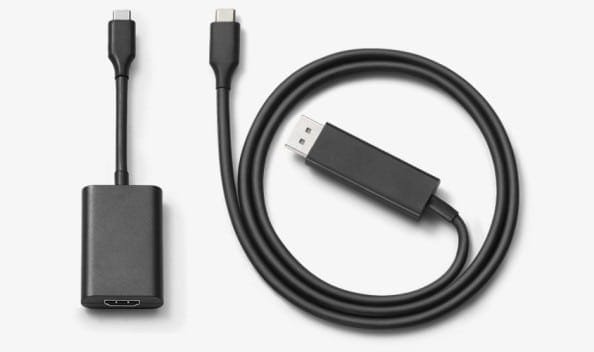I have three bikes kitted out with Yose Power 36v kits, and until recently they have shared one battery - because I can only ride one bike at once! The battery is a 36v 13Ah HL1, with the 5 gold round pins.

 www.yosepower.co.uk
www.yosepower.co.uk
After just over 18 months use and around 800 miles (so just out of warranty) and careful management, the bike started cutting out at around 38v. (display blank and no battery voltage at discharge connector with multi-meter). Switching the battery off and on again the display lit and the multi meter showed 38v and I could continue riding for a short while, then it would cut out again. I tried fully charging and leaving the charger plugged in for about 12 hours and still had the problem. The voltage when fully charged was 41.5v. and the last cut-out occurred at 40 volts. I suspect either a duff cell or faulty BMS. The connector pins are clean with no burn marks.
To solve the problem short-term I bought another battery from Yose Power and I'm in two minds whether to explore the duff battery any further. Part of me says I want to solve the problem and another says "don't mess with things you don't know about!".
It has lead me to look for alternatives for the future. I don't want a different style of battery as all three bikes have the down-tube slider brackets. One of them also has an integrated controller.
Searching around, I find that TBK and GreenBikeKit both offer this type of battery with Panasonic cells. There is also a useful 17Ah version. Only GreenBikeKit do it with the 5 round gold pins, although swapping the connector isn't much of a problem , However........
I notice that neither of these has an on/off switch, unlike the Yose Power version. So how important/essential is such a switch? I'm aware that having the discharge connector live while removing and fitting the battery is likely to cause sparking and I've always been careful to switch it off. I like to charge off the bike and with swapping between bikes I am removing and fitting quite often. Do the batteries supplied by Woosh have a switch? I can't tell from the photos on the website.
So what are people's experiences of using these batteries that don't have a switch? Is it necessary? If not I don't quite understand why Yose Power fit them?

36V13Ah HL-I Down Tube Lithium-ion E-bike Battery
1.Technical Data 2.Warm tips*Please read the instruction manual carefully after received the package, this will help you to use the product effectively.*Battery delivery cost much more than ordinary goods, in order to reduce the return shipping cost, please make sure: battery and motor should...
 www.yosepower.co.uk
www.yosepower.co.uk
After just over 18 months use and around 800 miles (so just out of warranty) and careful management, the bike started cutting out at around 38v. (display blank and no battery voltage at discharge connector with multi-meter). Switching the battery off and on again the display lit and the multi meter showed 38v and I could continue riding for a short while, then it would cut out again. I tried fully charging and leaving the charger plugged in for about 12 hours and still had the problem. The voltage when fully charged was 41.5v. and the last cut-out occurred at 40 volts. I suspect either a duff cell or faulty BMS. The connector pins are clean with no burn marks.
To solve the problem short-term I bought another battery from Yose Power and I'm in two minds whether to explore the duff battery any further. Part of me says I want to solve the problem and another says "don't mess with things you don't know about!".
It has lead me to look for alternatives for the future. I don't want a different style of battery as all three bikes have the down-tube slider brackets. One of them also has an integrated controller.
Searching around, I find that TBK and GreenBikeKit both offer this type of battery with Panasonic cells. There is also a useful 17Ah version. Only GreenBikeKit do it with the 5 round gold pins, although swapping the connector isn't much of a problem , However........
I notice that neither of these has an on/off switch, unlike the Yose Power version. So how important/essential is such a switch? I'm aware that having the discharge connector live while removing and fitting the battery is likely to cause sparking and I've always been careful to switch it off. I like to charge off the bike and with swapping between bikes I am removing and fitting quite often. Do the batteries supplied by Woosh have a switch? I can't tell from the photos on the website.
So what are people's experiences of using these batteries that don't have a switch? Is it necessary? If not I don't quite understand why Yose Power fit them?













